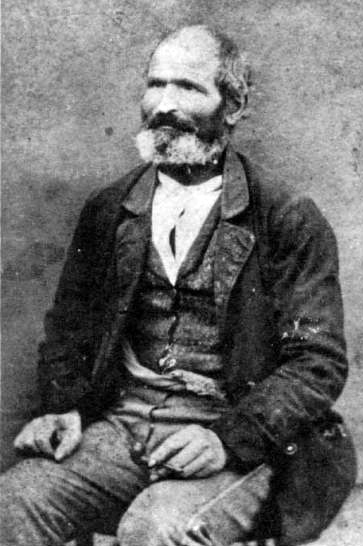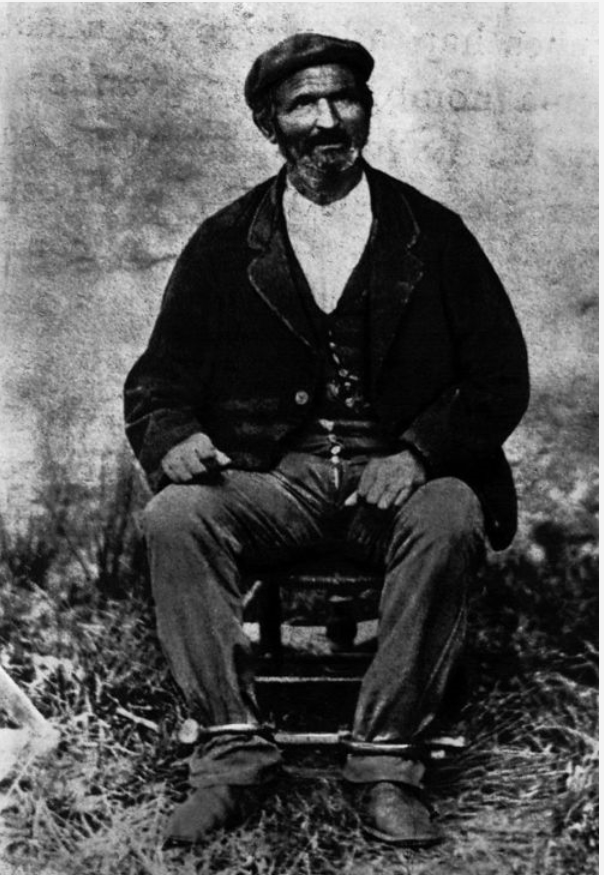

The Whitechapel Killer - "Jack the Ripper" in 1888 is often cited as the 'first modern serial killer' but there were dozens of "ripper" type serial killers in the 19th century Europe and North America preceding the Whitechapel Killer. These next few pages illustrate some of the pre-Jack-the-Ripper cases described in Sons of Cain.
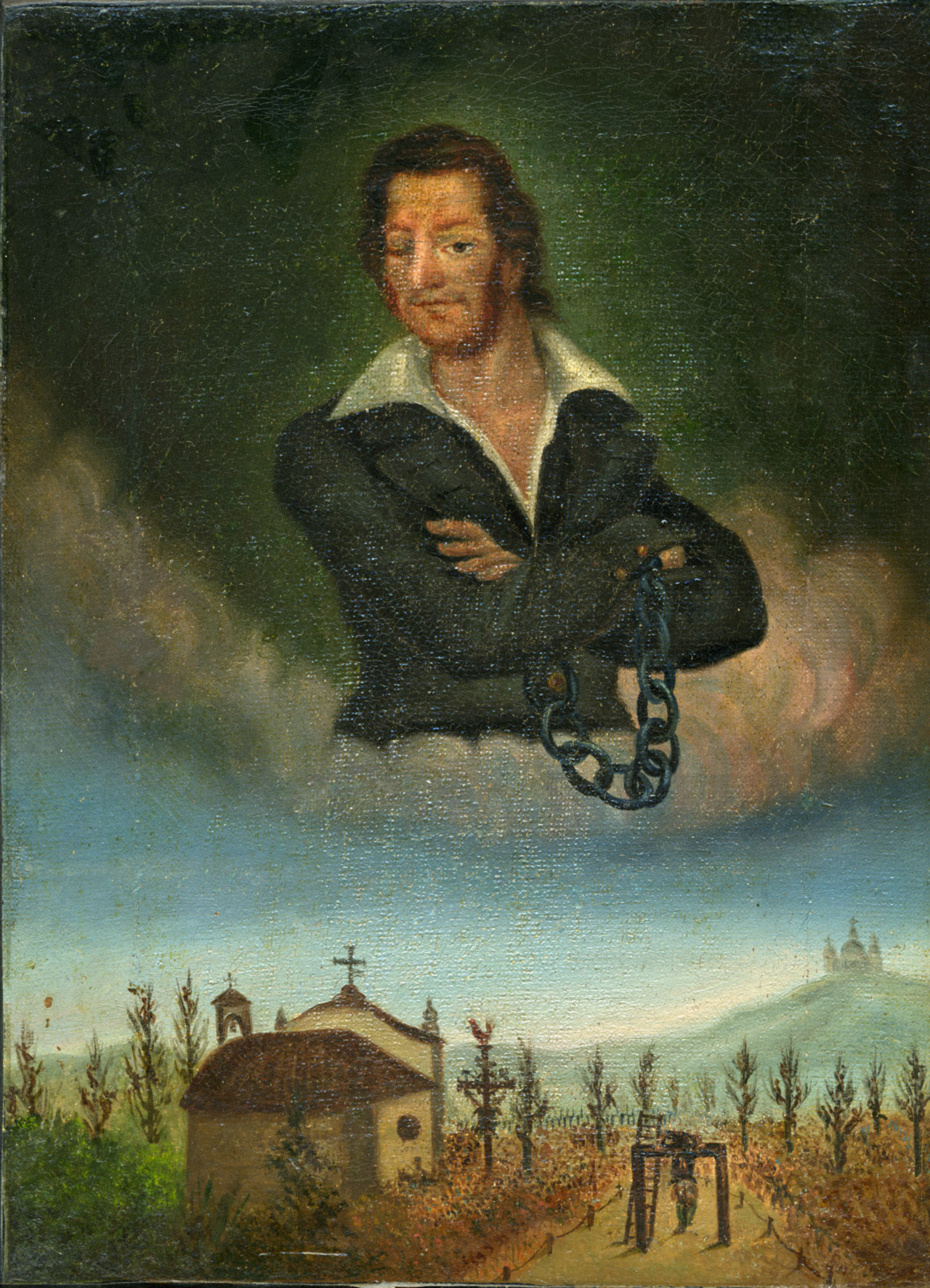
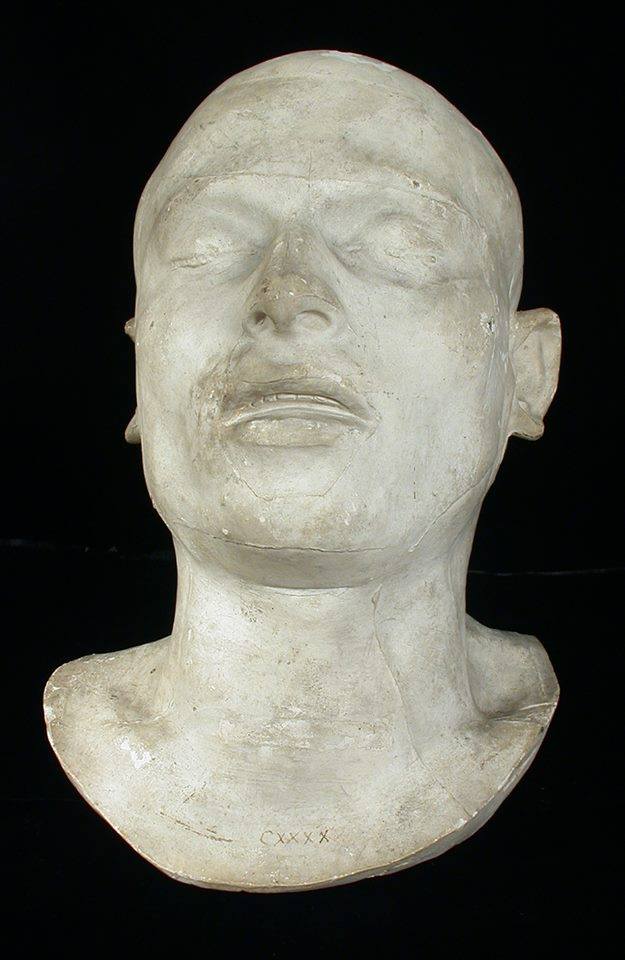
France’s First Modern Serial Killer:
The Case
of Martin Dumollard, “The Wolf” or “Killer of Servant Girls”, Lyon 1861.
Fifty-one-year-old serial killer Martin Dumollard, “The Wolf” or “Killer of Servant Girls” trolled for servant girls in downtown Lyon during the 1850s-1860's. Pretending to be himself a servant on a task from a wealthy family with a country estate to employ a suitable servant girl, Dumollard would lure his trusting victims to a small village on a commuter railway line outside of Lyon, where he and his wife lived as rag and clothes dealers. On the way from the railway station to the nonexistent "country estate" he would guide the women on a "short cut" into the woods where he would batter them to death and then strip them naked. His wife Marianne was later accused of helping him burn some of the women's clothing. The Dumollard case is one of several "servant girl fetish" serial killing cases in the pre-Jack the Ripper Era of 19 Century Europe described in Sons of Cain.
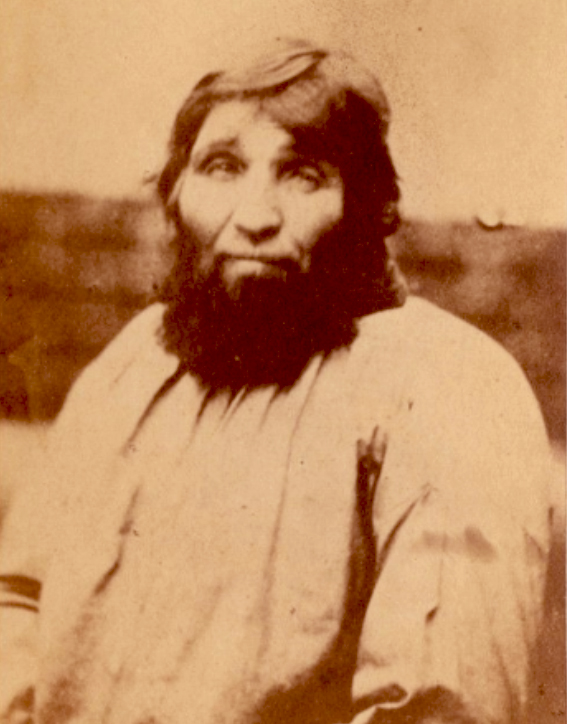
[
Source ]
_par_Bernabé_en_1855_sur_le_parvis_de_l'église_de_Tramoyes2.jpg)
(Above) The body of a nude woman was found in an ancient woods at Pizay in 1855. At first police were unable to identify her and she was publically displayed in the vestibule of a local church in the hope that somebody would recognize her. Eventually she was identified as thirty-six-year-old servant girl Marie Baday from Lyon. She had recently gone missing after accepting an extraordinarily generous offer to work at a country estate a short train ride away from Lyon. Dumollard was at first overlooked as a suspect in her death because various police districts did not communicate with each other beyond their bordering district. The Dumollard serial murder case resulted in police communication reform in France.
(Above) Today the thickets at Pizay where the body of
serial killer victim Marie Baday was found in 1855 are known locally as the Bois de la
Morte--the "Forest of the Dead".
Credit:©Benoît Prieur / Wikimedia
Commons /
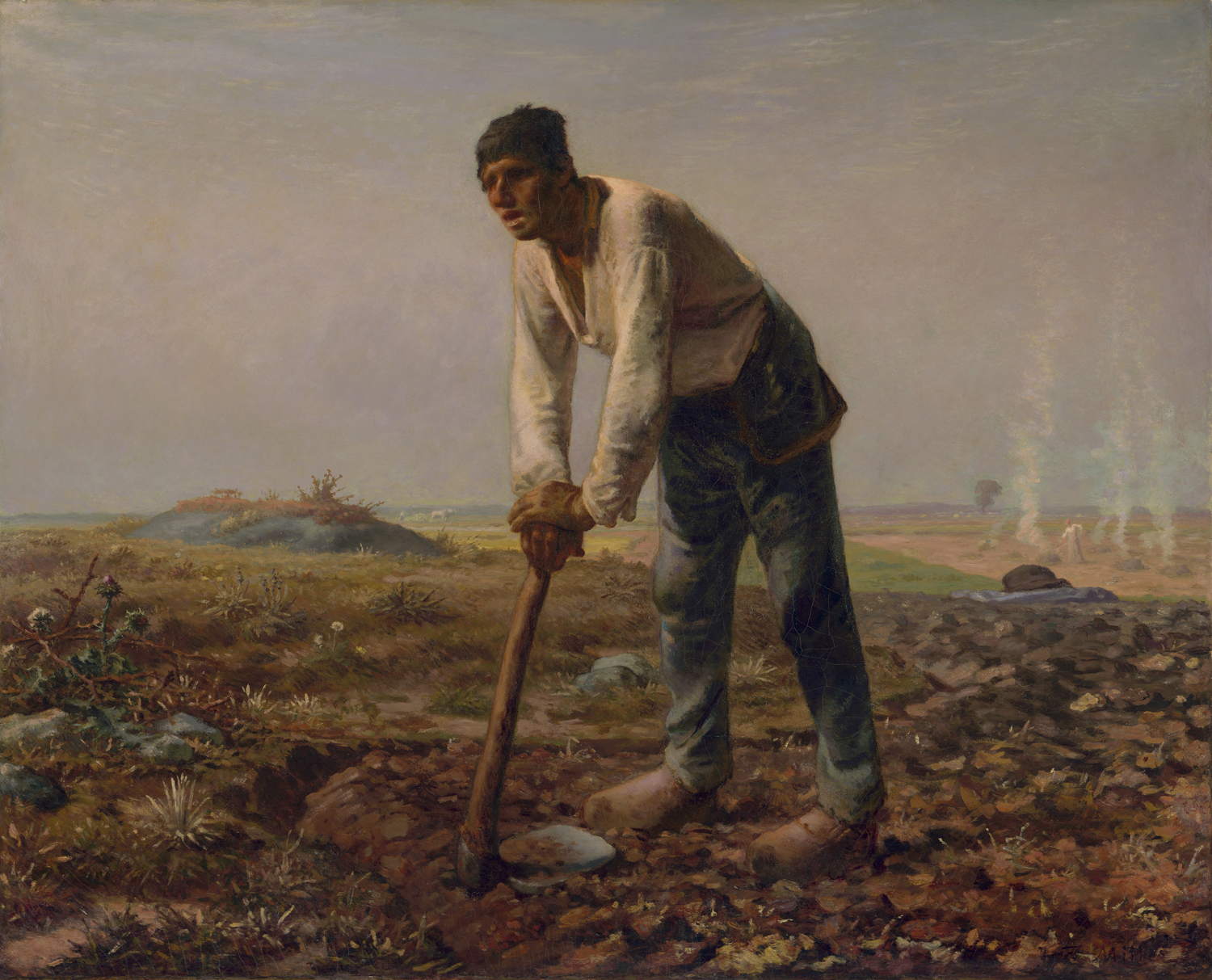
(Above)
When in 1862 the painter Jean-François Millet exhibited his famous depiction of a peasant in the field,
Man with a Hoe, many assumed
it was literally a portrait of serial killer Martin Dumollard. In 1863 the French critic and essayist Paul de Saint-Victor, inspired by the Dumollard case, wrote of
the painting, “Imagine a monster without a brow, dim-eyed and with an idiotic grin, planted in the middle of a field like a scarecrow. No traces
of intelligence humanize this brute at rest. Has he just been working or murdering? Does he dig the land or hollow out the grave?”
Man with a Hoe; Jean-François Millet (French, 1814 - 1875); 1860 - 1862; Oil on canvas; 81.9 x 100.3 cm (32 1/4 x 39 1/2 in.); 85.PA.114 The J. Paul Getty Museum, Los Angeles
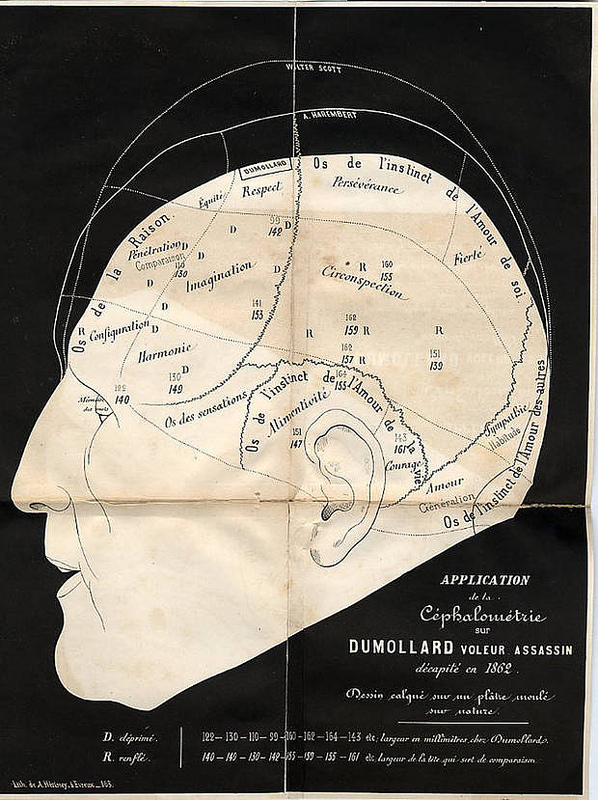
(Above) After his execution by guillotine, Dumollard's head became a prize specimen for study at the Lyon forensic medical school. At the dawning of an influential, but later discredited, school of Italian criminology led by Cesare Lombroso, it was believed that physical features revealed an innate criminal character of an "atavistic" primitive man; a throwback to the caveman.
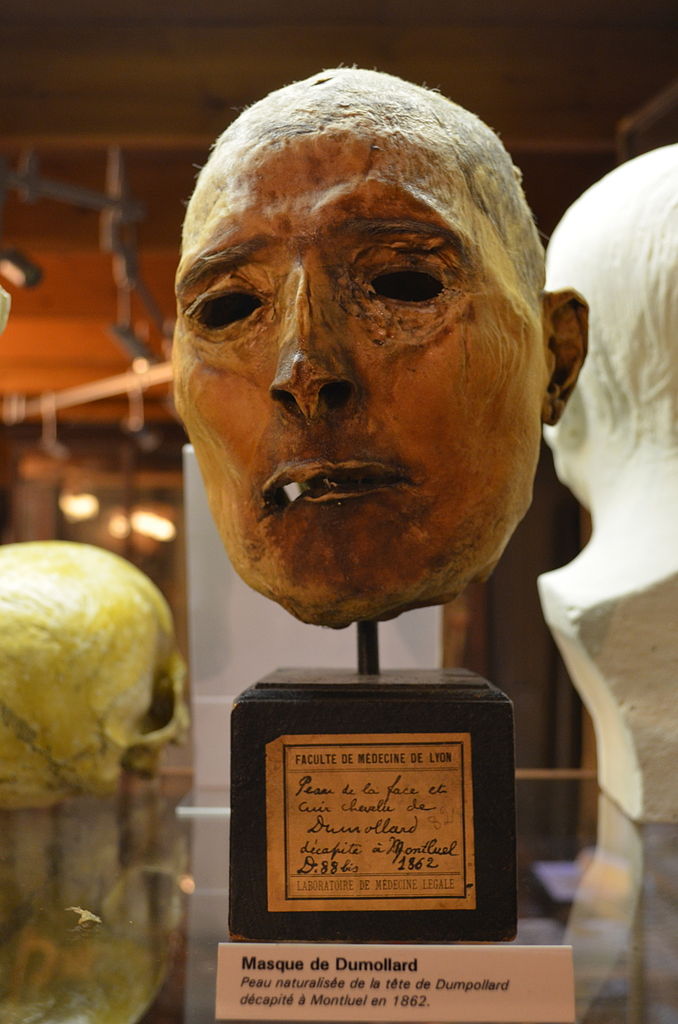
(Above) Dumollard's skinned face mounted like a taxidermy trophy is still on display today at the Lyon Forensic Medicine faculty. Credit: ©Benoît Prieur / Wikimedia Commons /
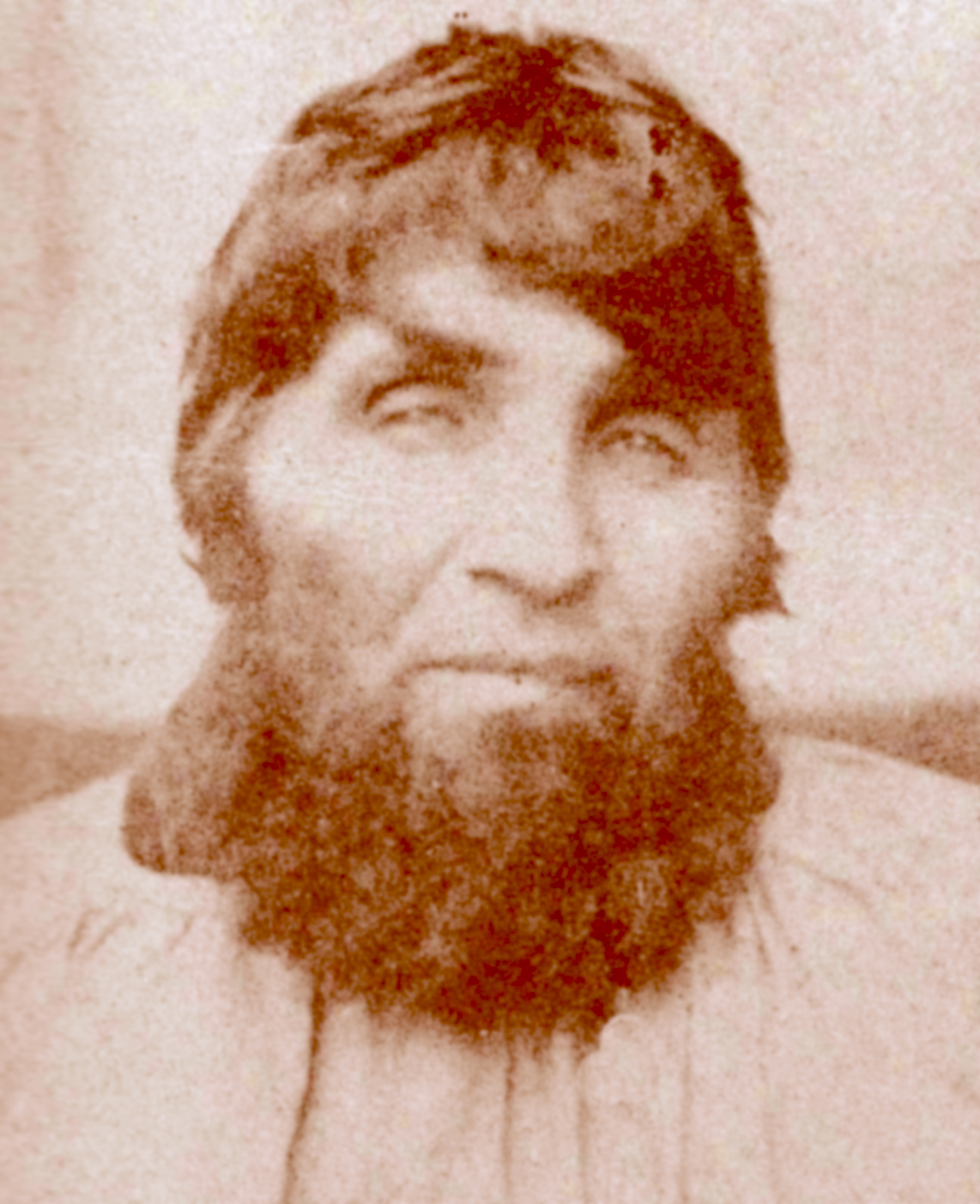
(Below) Manuel Blanco Romasanta murdered fourteen victims in the Galicia region of Spain. Romasanta was born in 1809 and was raised as a girl until the age of six, a familiar theme in the childhoods of serial killers like Henry Lee Lucas, Ottis Toole, Carroll Edward “Eddie” Cole, John Wayne Gacy, Doil Lane, Charles Albright, and Charles Manson (if you accept Manson as a serial killer by proxy—a cult serial killer.)
They were known to have been forcibly dressed as girls in their childhoods.
Romasanta was a fugitive after murdering a bailiff and escaped to a mountain region where he worked as a guide under an assumed name. He admitted to murdering 13 women and children he was guiding.
At trial he claimed that his uncle initiated him in lycanthropy, earning him the nickname “Werewolf of Allariz.”
(L'Home Llop d'Allariz) The court immediately dismissed his claims of supernatural lycanthropy, but psychiatrists came forward suggesting that perhaps Romasanta was suffering from
clinical lycanthropy. The court rejected his insanity plea and he was sentenced to death, but the queen of Spain commuted his sentence to life imprisonment. He died in prison on December 14, 1863. Typical of forensic medicine of the time, his head became a focus of study.
Interest in Romansanta has recently been revived among current Spanish
forensic specialists, some of whom speculate that Romansanta had been a
woman all along.

